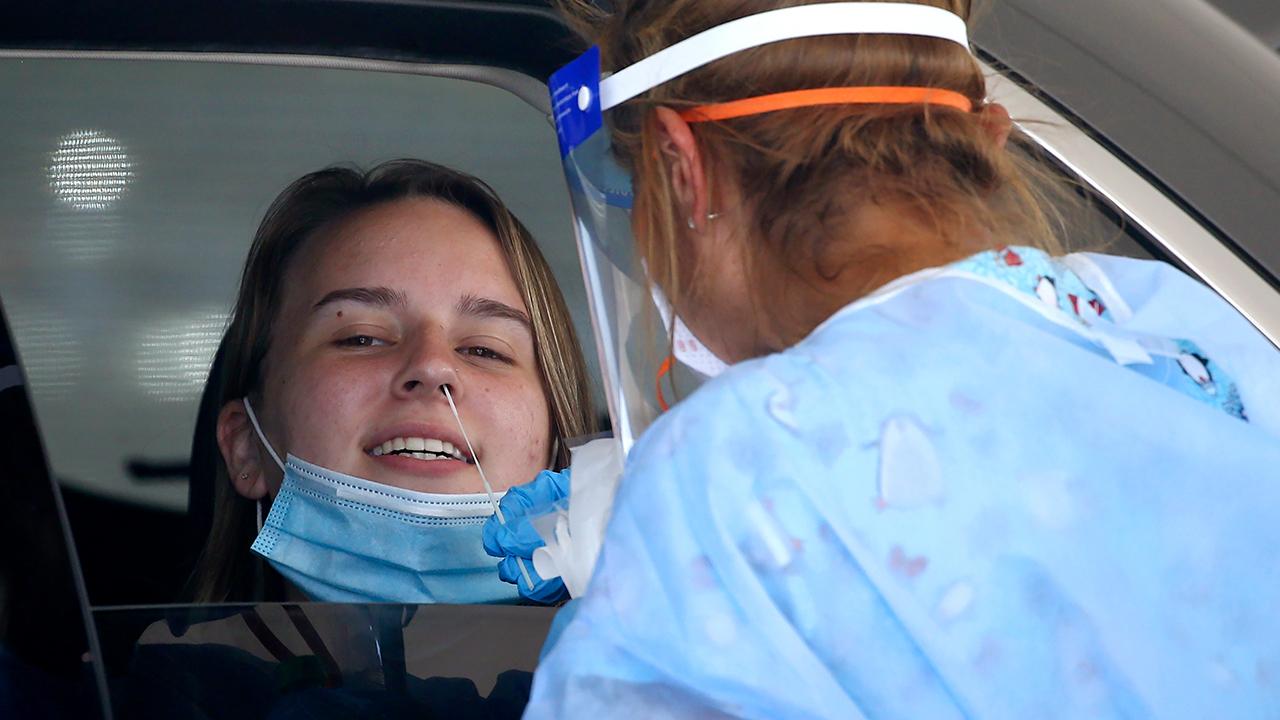American credit card debt plunges during coronavirus pandemic
First time since September 2017 that card balances have fallen below trillion-dollar mark
American credit card debt plummeted during the coronavirus pandemic, dropping below $1 trillion for the first time in years.
That's according to new data published by the Federal Reserve, which found the amount of consumer revolving credit -- which is predominantly credit cards -- fell by $24 billion in May to $995.6 billion following April's record $58.2 billion decline.
MANDATING COFRONAVIRUS FACE MASKS WOULD STRENGTHEN US ECONOMY: GOLDMAN SACHS
It's the first time since September 2017 that card balances have fallen below the trillion-dollar mark.
On average, the interest rate on credit cards was 14.52 percent in May, down from 15.09 percent in February, when it last reported this figure.
WHITE HOUSE MULLS MORE VIRUS RELIEF: HERE'S WHAT IT COULD INCLUDE
The debt is down almost $100 billion from the start of the year, before the virus gained a foothold in the U.S., dragging the nation's economy into the worst downturn since the Great Depression.
The shrinking debt highlights how the virus outbreak and subsequent recession changed consumer spending -- which accounts for roughly two-thirds of the nation's GDP, the broadest measure of goods and services produced in the country -- as U.S. households tried to avoid taking on new debt.
EXTRA $600 IN UNEMPLOYMENT BENEFITS ENDS NEXT MONTH AS MILLIONS OF AMERICANS REMAIN OUT OF WORK
Even as the coronavirus outbreak and related economic shutdown triggered a tidal wave of job losses, the personal savings rate in the U.S. surged to 33 percent in April, according to the Commerce Department’s Bureau of Economic Analysis. As states started to reopen their economies in May, the rate fell to 23.2 percent.
Meanwhile, nonrevolving credit debt, which includes mortgages, auto, student and personal loans, rose to more than $3.1 trillion in May, after declining slightly in April.
